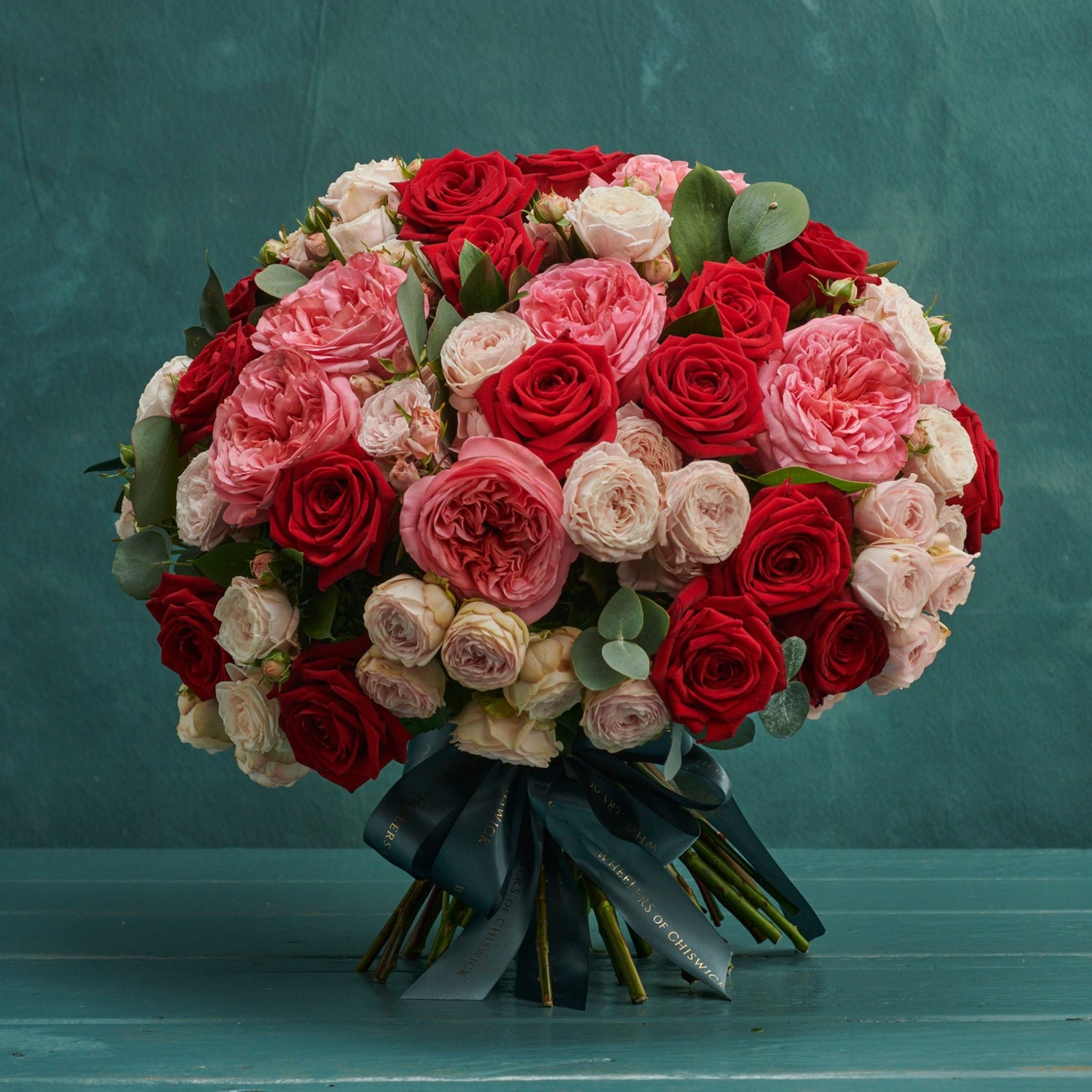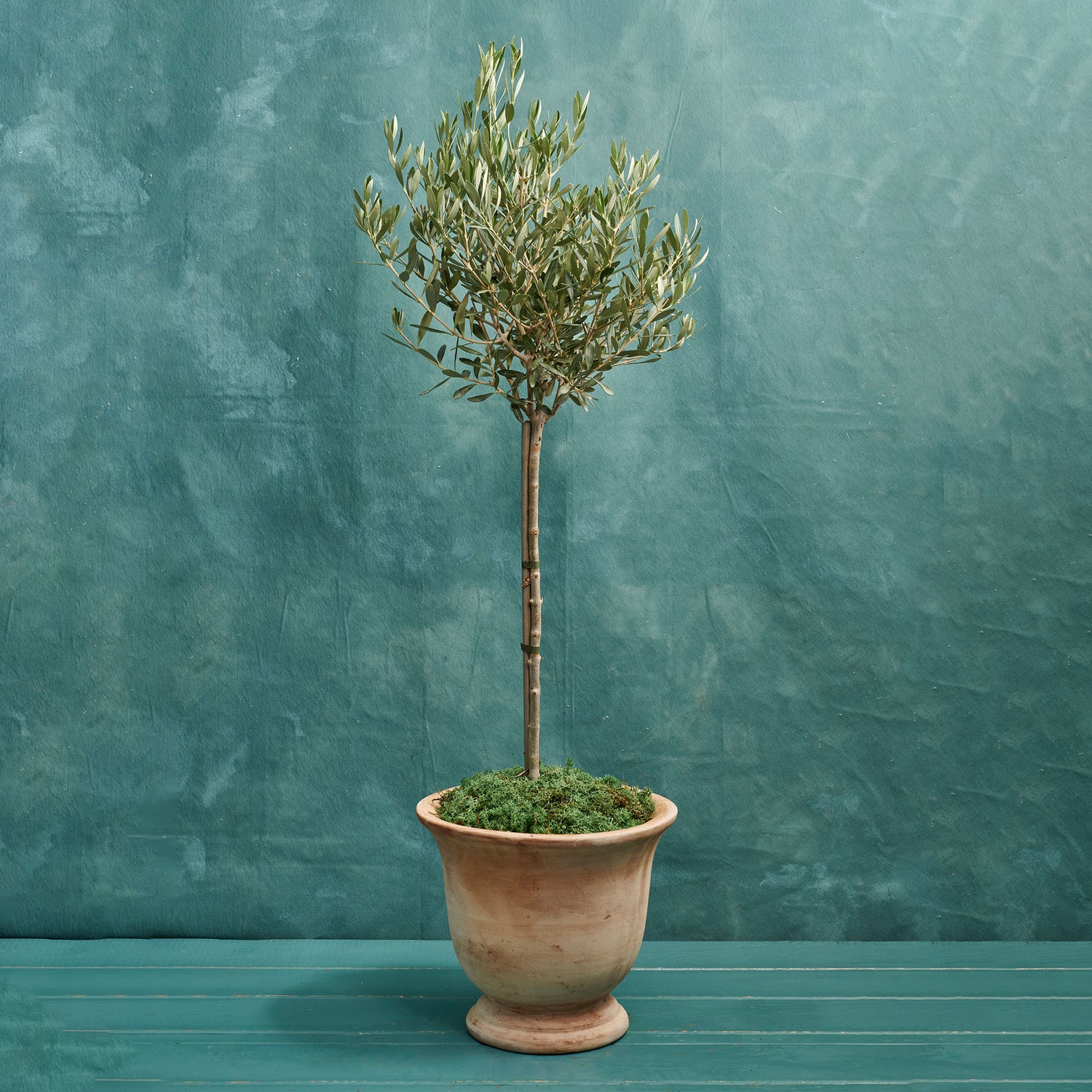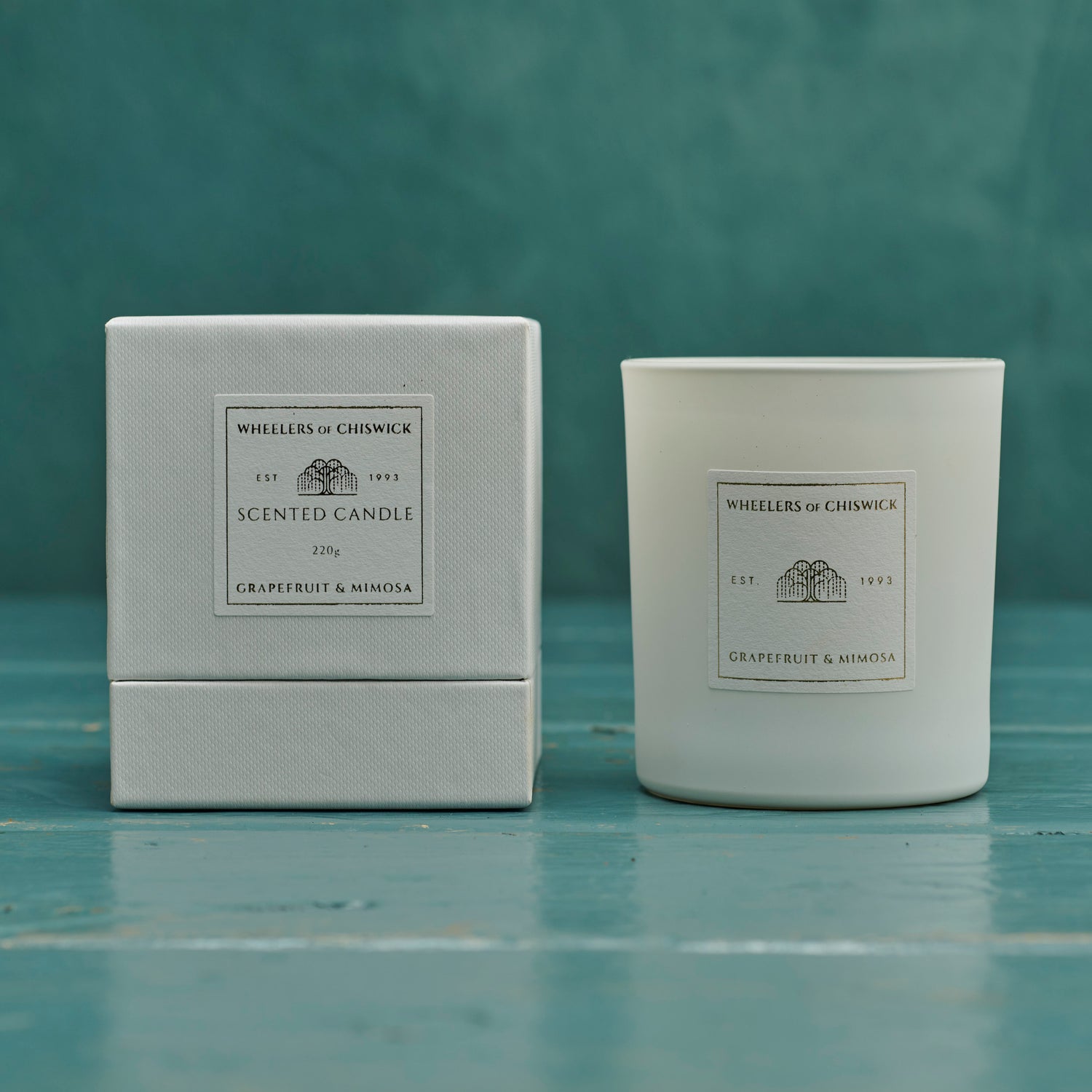Once you've received a beautiful bouquet of luxury flowers or an elegant plant, you'll want to keep them looking their best for as long as possible. Follow our handy care instructions below to ensure you can enjoy your blooms for longer.

Additional Tips:
- Remove wilted flowers promptly to enhance the bouquet's appearance and prevent bacterial spread.
- Change the water every 2-3 days to keep the flowers fresh and hydrated.
- Remove any leaves below the waterline.
Plant care guide

Additional Tips:
- Plants need water, sunlight, air, nutrition, and space to grow. Providing these essentials ensures healthy growth.
- In summer, consider moving plants to sunnier spots, and prune to remove unhealthy leaves or branches.
- If bug problems persist, sanitize plants with mild soapy water or repot in fresh soil; consider using indoor pesticides cautiously.













